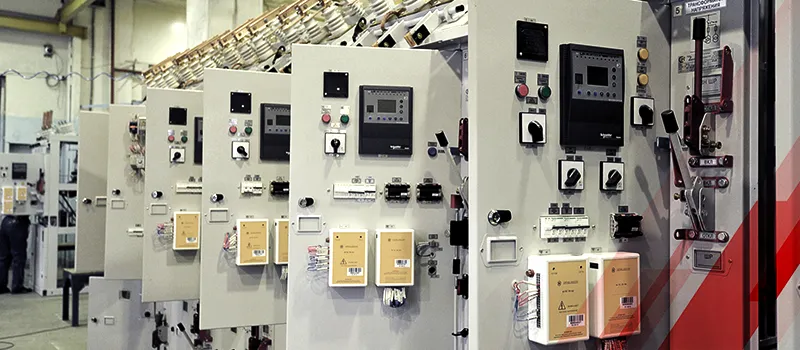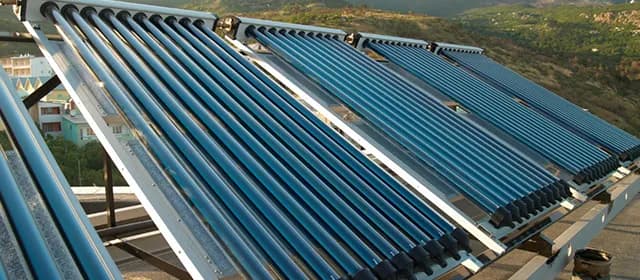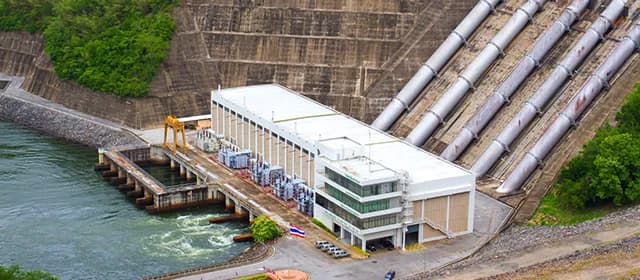The need for a more effective and stable energy distribution system is rising as our society depends more and more on electricity. With better performance, more flexibility, and more functionality, smart transformers are the next stage in this process. We will look at what smart transformers are, how they operate, and their advantages as we move forward.
What are Smart Transformers?
Smart transformers are fundamentally just transformers that have been given access to cutting-edge sensing, monitoring, and control features. They can now work more effectively and independently due to these new characteristics, modifying their output in real time in response to shifting energy needs and environmental conditions.
Teams from many organizations, comprising both researchers and members of the industry, are already developing smart transformers. Transformers regulate voltage, as you may know, and aid in keeping electrical systems connected to the energy grid. They deliver precisely the right amount of power to surrounding systems. The only difference is that smart transformers would connect to one another over the internet to provide more complex controls, support for automation, and remote access.
They might even alter how local businesses and individuals access and use energy, changing the overall appearance of the current power infrastructure.
A range of technologies are used by smart transformers to improve performance. For instance, they might have sensors that record information about voltage, current, and temperature. The performance of the transformer is then optimized using complex algorithms that are input into the control system.
Additionally, smart transformers may have communication features that enable them to connect with other grid components. This makes it possible for them to get information on energy supply and demand, as well as on the weather and other variables that could affect how effectively they work. They can modify their output based on this information to maintain peak performance and avoid problems like power outages.
What Elevates Transformers to the Smart Level?
Transformers come in a variety of forms and sizes, and they can be used in a wide range of energy-related applications. They are primarily used to transfer electrical currents between circuits and control grid power.
Transformers are constructed from a variety of materials, including everything from highly conductive copper to aluminum and beyond, just as there are many varieties. Although some materials are more appropriate for energy uses, all transformers function the same regardless of their composition.
A typical transformer is by definition a dunce. It is made to respond to and transmit electrical currents naturally and conducts duties automatically. They lack a connection to the digital world, in contrast to the majority of modern equipment and solutions. Additionally, a lot of the transformers in use today weren't designed to handle contemporary applications.
Transformers would need to be connected to the digital world in order to be upgraded to smart transformers, but it's also important to get them ready for modern standards. For instance, thousands or even hundreds of electric vehicles cannot be supported by the current power grid. In order to charge their large battery systems, they must connect to the grid, which eventually puts a lot of load on the energy grid.
Of course, that is just one illustration. The primary power grid is being connected to renewable energy sources like household solar energy systems, which is changing how it functions.
The power grid and external systems, whether they are for the home or the workplace, can be insulated from one another by using smart transformers, a novel technology. Although they are transformers just like any other, they also have cutting-edge features and the capability to serve the foreseeable power system, including the ultimate smart power grid.
Power transformers will be a crucial part of the power grid as a whole as it is upgraded to accommodate some of the most cutting-edge solutions of today.
What are the Benefits of Smart Transformers?
According to theory, consumers, businesses, and the energy industry will all gain from the optimized nature of smart transformers in a number of ways:
Enhanced Energy Security
These transformers are easier to check and safer to use while doing so because of interaction with a smart grid and improved remote monitoring.Reduced Pollution
Smart transformers are made to efficiently utilize energy and distribute it across the grid. This results in more efficient electricity utilization and lower emissions of greenhouse gasses.
Improved Air Quality
Having a more efficient grid results in traditional power plants using less fossil fuel, which reduces pollutants and improves the quality of the air in cities.
Better Power Services
When a transformer blows, power is lost, leaving many homes and businesses without electricity for hours or even days at a time. Intelligent transformers can take over operations, better direct electricity to avoid this, and make up for surrounding malfunctioning components. Additionally, they last longer, enhancing grid dependability.
Remote Access and Controls
A person must physically go to a failing conventional transformer's location to assess the situation and address any problems. On the other hand, smart transformers have features that allow conditions and information to be checked remotely from either a central office or mobile command station. Power businesses may better manage networks due to this support, which significantly improves operations.
New Opportunities
Since smart transformers are created with current applications in mind, many of them will feature brand-new materials, design strategies, and internal technology. This opens up a wide range of new opportunities, some of which won't be recognized until smart transformers are operational.
Final Thoughts
Future power systems will have significant demand for smart transformers since they are capable of addressing those needs. With conventional off-load and on-load tap changer transformers, it can be challenging to solve some distribution network and smart grid operation problems. Smart transformers have a number of advantages, including reduced grid losses, improved power quality, and supply reliability.




